
Think Of The Drummer As A Commander
Domo Arigato, Kpalogo! I'm athrill for a new English class I'm taking this trimester at Portland State University: English 308U: Dance In Literature. Yeppers, here's just that kind of English class that gets you to spend more time in the air. Maria DePriest is the instructor of this sprightly seminary, and specifically her class focuses on African connections in "New" World Literature and Dance, both through the trials and stories of violence and separation in their communities, and through the pleasure and unification that would soon follow, as well as how certain narrative strategies and certain myths in literature like Toni Morrison's "Beloved", Suzan-Lori Park's "Venus" and Nilo Cruz's "Anna in the Tropics" are also articulated in dance forms including lamba from West Africa, rumba from Cuba and samba from Brazil, and finally seeking connections among context (the middle-passage & slavery), consciousness (of slavery as the point of origin for Africans in the "new" world) and contributions (Africanist aesthetics as a primary shaper of artistic expressions of the Americas.).....all right behind Door 221 in Cramer Hall! (does happy inter-cultural cha-cha) Stay tuned in future entries as I tell you more of my thoughts on these fabulous texts, yay! :)
What makes this English course especially titillating is that we also have to attend four dance classes throughout the course, and we get to write of our experiences in what we learned in each one and connect them to the readings, yay! :) This English course is as kinetic as they come, and what a way to both inhale the essence of the written word and arabesque as the athletes of God we are together...if there is any dove-tailing more enchanting than this, not even pinching me will convince me! (giggles)

Anyway, last Thursday on a partly-cloudy two in the afternoon, when I was amidst my 46-hour long orthorexia lapse, DePriest took me and my fellow classmates over to the Native American Student and Community Center on the southwest edge of the campus, with its scenic backdrop of the hedonistic, luscious West Hills, where we gathered together in the Nimiipuutimt Gathering Area to be aspersed in our first dance class experience. We rendezvoued with Okaidja Afroso and his Humanities 399 class "Ghanaian Dance" in the alcove, who was also accompanied with three instrumentalists, including two atsimevu drummers (the lead Ghanaian drum which is approximately four feet tall and eleven inches in diameter) and one gangkogui performer (a gangkogui is the name of the Ghanaian double bell). The instrumentalists sat on one end of the alcove, beginning to play a steady rhythm, and I joined approximately twenty-five other students on the floor to learn a Ghanaian warrior dance.
It began with a more muted rhythm, where we stood still and upright, then began slowly lowering our knees and slowly rising them again, then began rolling our shoulders in a sort of cycle-like motion, then rolling with the lowering and rising of our knees, then side-stepping and moving our hands from our thighs to our waists in a cyclic motion and it was about that time where the rhythm upshot into crescendo and we became immersed in a hodge-podge of other exciting dance sequences, from the kicking-up of knees to the alternating rise of elbows in pendulum-like procession.
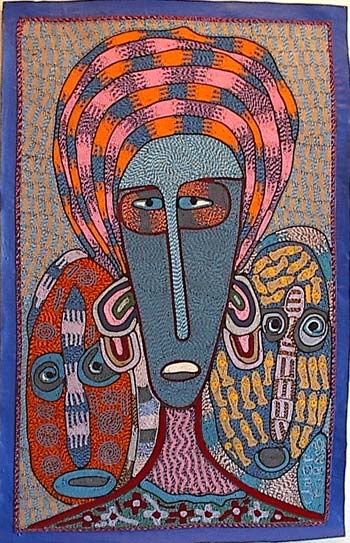
After that introductory sequence, Okaidja offered some implicit, valuable advice that resonate at the nexus, the soul, of Ghanaian dance. The first instruction he gave is that "Nothing is practical!" He said that if you think too hard in the dance, you'll always be out of sync with the rhythm, and, essentially, when in doubt.....dance, as dancers truly work and live from the inside. Secondly, he advised to "think of the drummer as a commander" and let the rhythm carry you like Nature takes Her course, for when you are one with the rhythm, as my idol Shakira says, "hips don't lie". (winks) Finally, Okaidja said that, veraciously, it's quite often the simple moves, to some the "boring" moves, that are the most important in the dance, for each simple move is a ligament of the voice, the culture, the dance, and are what choreograph and complete the language of the dance, for it is understood that repetition is a key ingredient to the dance because it puts an emphasis on the earth, that, as Kariamu Welsh Asante says in "Africa Dance: An Artistic, Historical and Philosophical Inquiry: "This emphasis on repetition reveals that the community is attempting to express the perceived stability of its environment." (65). Therefore, dances vary throughout all regions of Africa, with western coast communities performing dances that involve lots of rhythm-like motions that represent recollections of the sea, to those in more agricultural communities which use their feet more, like they're tilling the soil. So if you're most interested in pulling a relevé and showing off your grand jeté you learned at Arthur Murray's Dance Studio, the alcove isn't the place to do it when the synchronity Ghanaian dance offers is in motion! :)
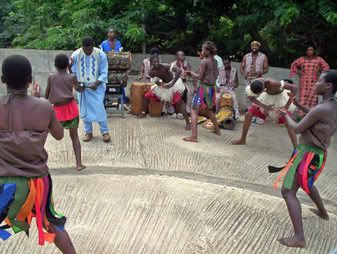
I was delighted to have joined the rest of the dance session, for I felt myself really getting into the rhythm. One particular dance sequence I really felt I connected with is this eight-count dance routine, where you’d leap off your right leg and land with your right foot forward, gyrate counter-clockwise with your right-hand over your left shoulder, finish the spin facing to the right, crossing over your right-foot with your left-foot, then raising your right-hand up with your head staring up at the horizon, then moving back forward in an alternating 1, 2, 3 knee motion (left, right, left) and repeating the process. I felt that was an effective preliminary exercise to get used to the rhythm in movement, and if I could keep up with the motion in that, I could eventually inhale in the whole breadth of the dance’s rhythm when I have the opportunity to take a course like Humanities 399! :)

Ghanaian Dance (and African dance entirely) is truly fascinating, in that dancing truly is an international, intercultural language and expression of a physical and psychological aesthetic that allows people to give meaning and context to their utmost hopes and doubts, joys and sorrows, courages and fears. African dance is so richly diverse in that in one form it can be so spontaneous, like some sort of Pavlovian response, in moving to the beat of a highlife rhythm, while in another form it can be an elaborate, long-term rite of passage that has been legacized for centuries in homage to a community or tradition. Pearl Primus even wrote that "the true African dance is basic in subject matter: birth, death, puberty rites, marriage, hailing a new chief, discovering evil spirits, detecting criminals, praying for rain, sun, strong children, good harvest, good hunting, victory in warfare, success in love, revenge, protection of the gods, honoring the ancestors, and play..." The drummers themselves are revered as the griots of their community (or western African storytellers) who are like historians and entertainers welded together in one body.
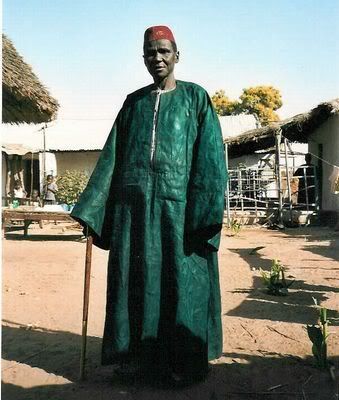
Of course, with the many struggles the African community were subjected to, including ethnocentrism and lynching, many African dances have significant political contextas as well. Pearl Primus choreographed "Strange Fruit", a protest against lynching. The Urban Bush Women also wrote a number of politically-charged dances, which particularly questions, "How does sex, race, class, status and politics come to affect perceptions of power and powerlessness in urban centers?" South African gold miners to this day perform dances that make testimonial the struggles they face each and every day, exploited under a rigid apartheid policy. Thus, dance has important connotations with internationalism and cross-cultural awareness and helps achieve greater communion with one another, for indeed as Merryl Brockaway said, "Artists lead unglamorous daily lives of discipline and routine, but their work is full of passion. Each has a vision and feels responsibility to that vision.", and I am so proud to claim responsibility for recognizing this grand vision of life.
So I entreat for you to dare to do something different every once in a while, and make every effort to let the tears of pain and happiness blend in with your sweat, and espouse with the polyvocality of life's poetry through all its aesthetics. For indeed, in every endorphin you invest in, there's an unspoken microcosm of grace, and that very fluid ounce of perfect contentment could light up the floor at the Dopamine Discotheque! (giggles)

Groove is in the heart, and rest assured that is no sermon from a church of the poison mind! (giggles) Nope, just some harmless politics of dancin' for ya! :) Try your luck, and whatever you do.....don't be a cluck! Heh-heh-heh!
XOXO,
Noah Eaton
(Mistletoe Angel)
(Emmanuel Endorphin)




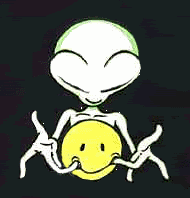


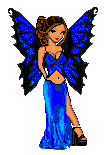






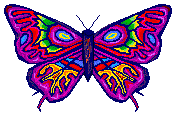








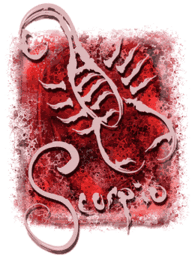



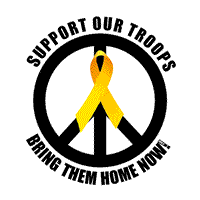














0 Comments:
Post a Comment
<< Home